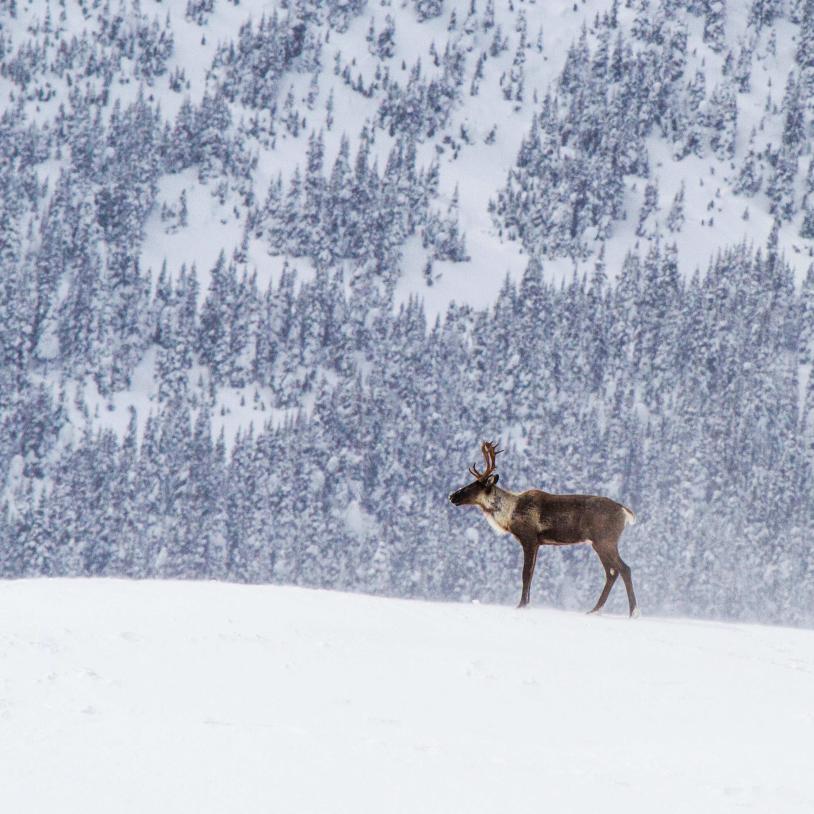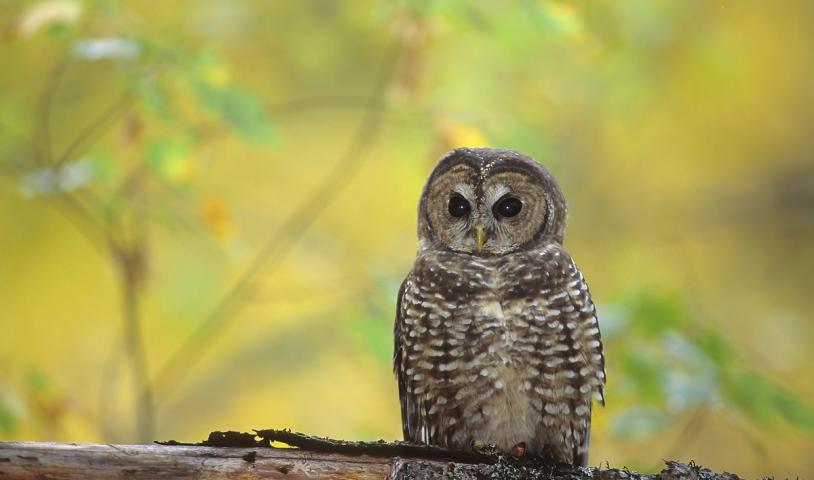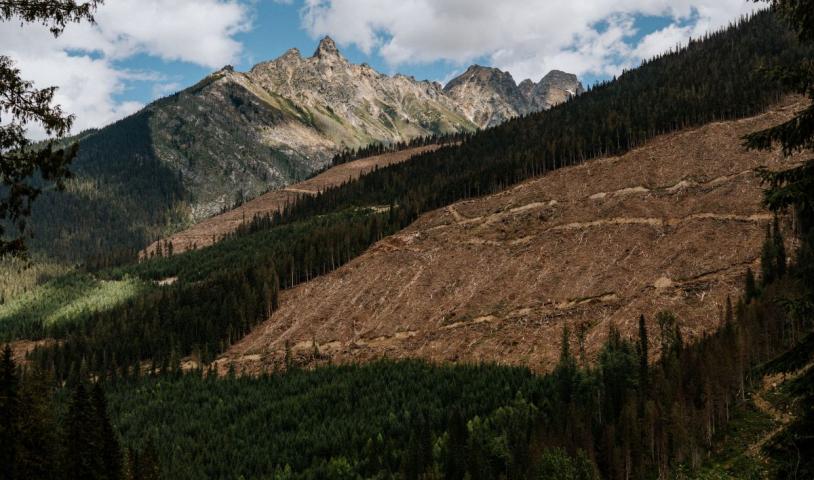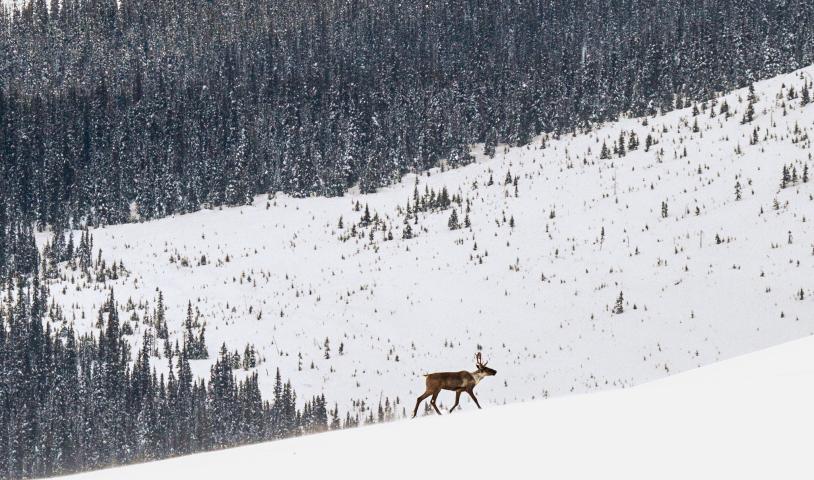Water crossings pose serious threat to fish: report
Thursday, June 4, 2009Culverts and bridges are a little-known threat to migration
The Forest Practices Board is calling on the government of British Columbia to take quick action in the wake of a study showing that stream crossings, including culverts and bridges, represent a vast and little-known threat to the survival of salmon and other fish.
The board's report, released on Wednesday, says stream crossings are a "serious impediment" to migrating fish because there is a better-than-even chance the crossings are barricades to upstream habitat.
The board investigated 1,100 road crossings of streams in 19 watersheds around B.C. and found that only 42 per cent are sufficiently well-designed to allow salmon, trout and other fish to swim above them.
The report, titled Fish Passage at Stream Crossings, takes a specific look at stream crossings developed for forest roads, but construction for highways, farms and residential developments are also identified as threats.
The report cites government estimates that there are 550,000 kilometres of resource roads on Crown forest land in B.C., with approximately 370,000 crossings including 76,000 culverts.
"For this reason, fish stream crossings may be the single most important habitat impact affecting fish," the report suggests.
Gwen Barlee, policy director for Western Canada Wilderness Committee, called the report "a huge eye opener."
"Our salmon in B.C. are under so many cumulative stresses, whether it's from climate change, or the fish farms in the Broughton Archipelago, or overfishing, or loss of habitat. I don't know how much more they can take," Barlee said.
Barlee suggested that the government "could get a lot of people back to work" -- particularly laid-off forestry workers, by initiating a large-scale project to fix the problem.
The impacts of stream-crossings may be contributing to the decline of salmon populations on B.C.'s south coast.
One of the systems studied in the report, Louis Creek watershed, historically supported the largest coho population on the North Thompson River.
The Thompson coho population began crashing more than a decade ago, forcing the federal fisheries to impose sport fishing closures and eventually curtailing both commercial and aboriginal food fishing on the Fraser River hundreds of kilometres downstream of Louis Creek.
The report said closed-bottom structures, such as steel-pipe culverts, are the greatest obstacles.
The report questions whether the federal and provincial governments have ever taken a serious interest in the problem, and urges B.C. by year's end to "take the necessary actions to ensure fish access to valuable habitat is maintained and restored."
"Impeded passage of fish through crossings is a risk for fish of all species and all age classes. Fish require access to a variety of habitats to feed, spawn and hide.
"Movement between these habitats is vital for their survival," the report said.
Ernie Crey, a policy adviser to the Sto:lo Tribal Council, said governments "more often than not" ignore the risks that development may pose to stream habitat.
"It has to stop and ASAP," Crey said in an e-mail. "Here on the Lower Fraser River, development pressures are mounting due to rapidly advancing human settlement. Fish and their habitats should not have to pay the price for our failed promises to maintain roads, culverts and bridges."
BCIT fish and wildlife program head Mark Angelo found the report "really disturbing."
"Poorly designed culverts, especially on this scale, are a very significant impediment for fish -- both on individual streams and in a collective sense," Angelo said.
"We have to correct this and improve our standard of practice, particularly in light of the fact that so many of our salmon stocks are in trouble."
© Copyright (c) The Vancouver Sun





